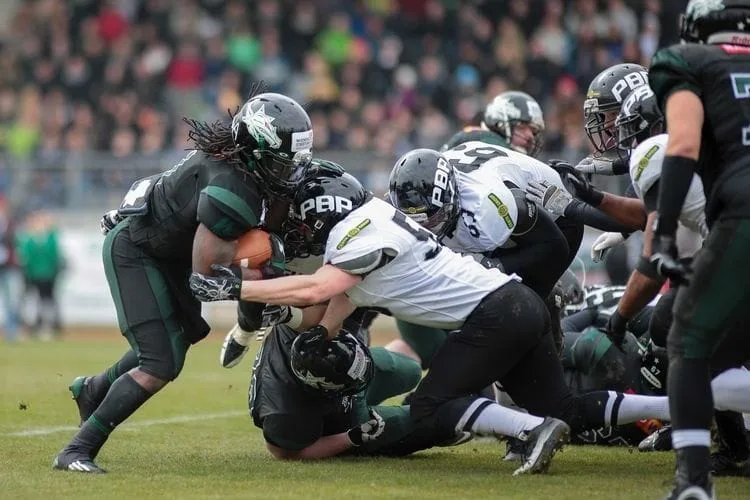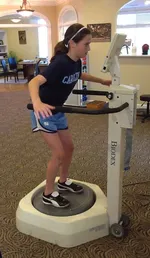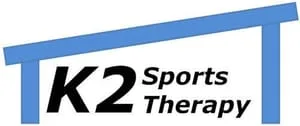THE SECOND IMPACT

When it comes to concussions and brain injuries most damage occurs on the second impact not the first. Returning to play before full recovery can result in severe or even permanent damage. Chronic headaches, light sensitivity, and difficulty concentrating are just a few of the many symptoms that school-age athletes experience every day.
With greater understanding of concussions more effort is being spent at every level in prevention and management. The most basic starting point is to have athletes Baseline Concussion Tested before the season starts. The CDC recommends testing for contact athletes over the age of 10.
TAKE THE GUESSWORK OUT OF RETURN TO PLAY DECISIONS
Baseline Concussion Testing measures an athletes' brain function in as many ways as possible. Following a concussion athletes are retested. Scores are compared to their pre-injury scores. Return to play decisions are supported by the athletes individual performance, not a concussion algorithm based on averages.

WHY BALANCE AND REACTION TESTING IS BETTER FOR YOUR CHILD?
Computer based testing such as the IMPACT or SCAT 3 use a keyboard and mouse interface. Avoiding a collision requires body control and quick reaction responses that are unable to be assessed with keyboard and mouse. K2-Sports Therapy baseline testing uses a computerized interactive platform that analyzes sway characteristics , body control and reaction time with digital accuracy, critical components to keep your child safe.
How long does testing take?
Digital Balance and Reaction testing takes about 15 minutes
|
|
Highest Risk Sports Boys Girls 1. Football 1. Soccer 2. Lacrosse 2. Lacrosse 3. Soccer/Wrestling 3. Basketball/Softball |
W he re Can I Look For More Information On Sports-Related Concussions?
One of the best unbiased resources is the Centers for Disease Control website.
|
Football, Lacrosse, and Girls Soccer are the highest risk sports for Injuries. Baseline Testing can be viewed as an insurance policy to ensure that return to play is decided with the best information available. As a Sports Therapist and Parent, my kids don't compete without it. – Kevin Kucko MAPT, ATC. Director K2-Sports Therapy |
||
